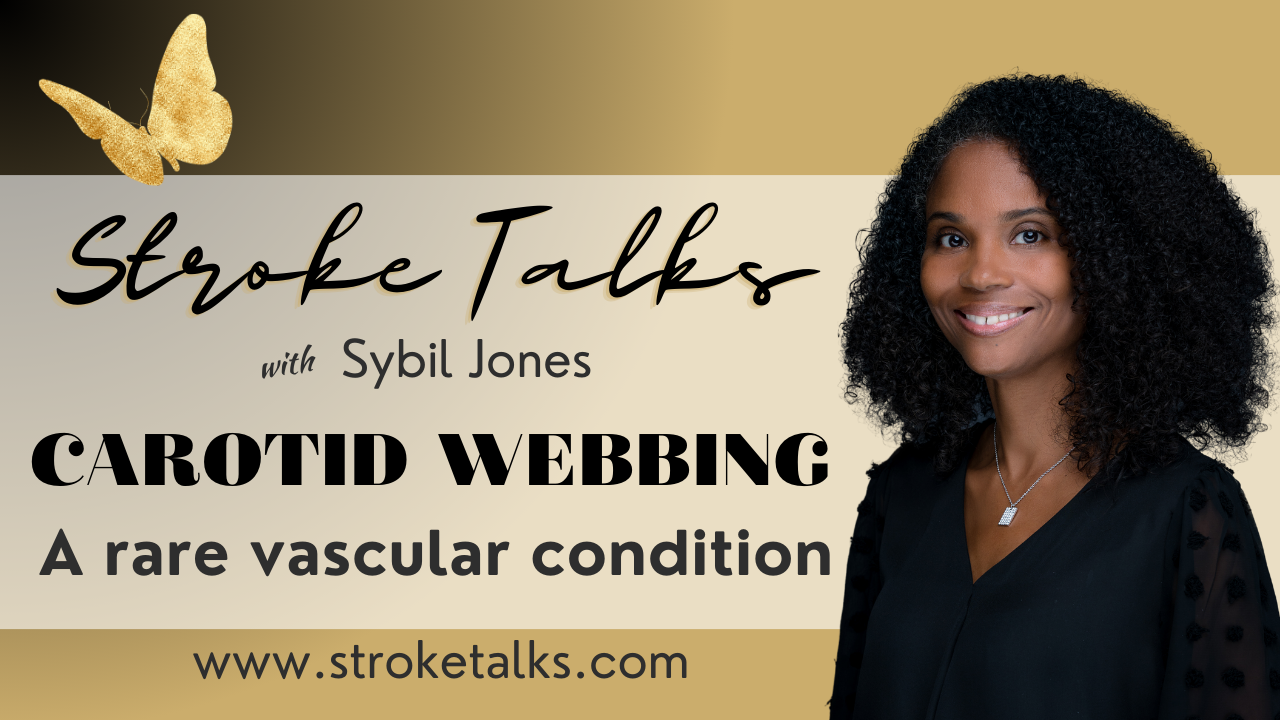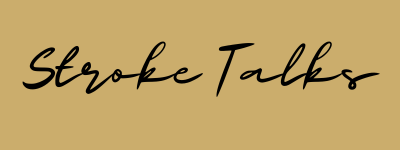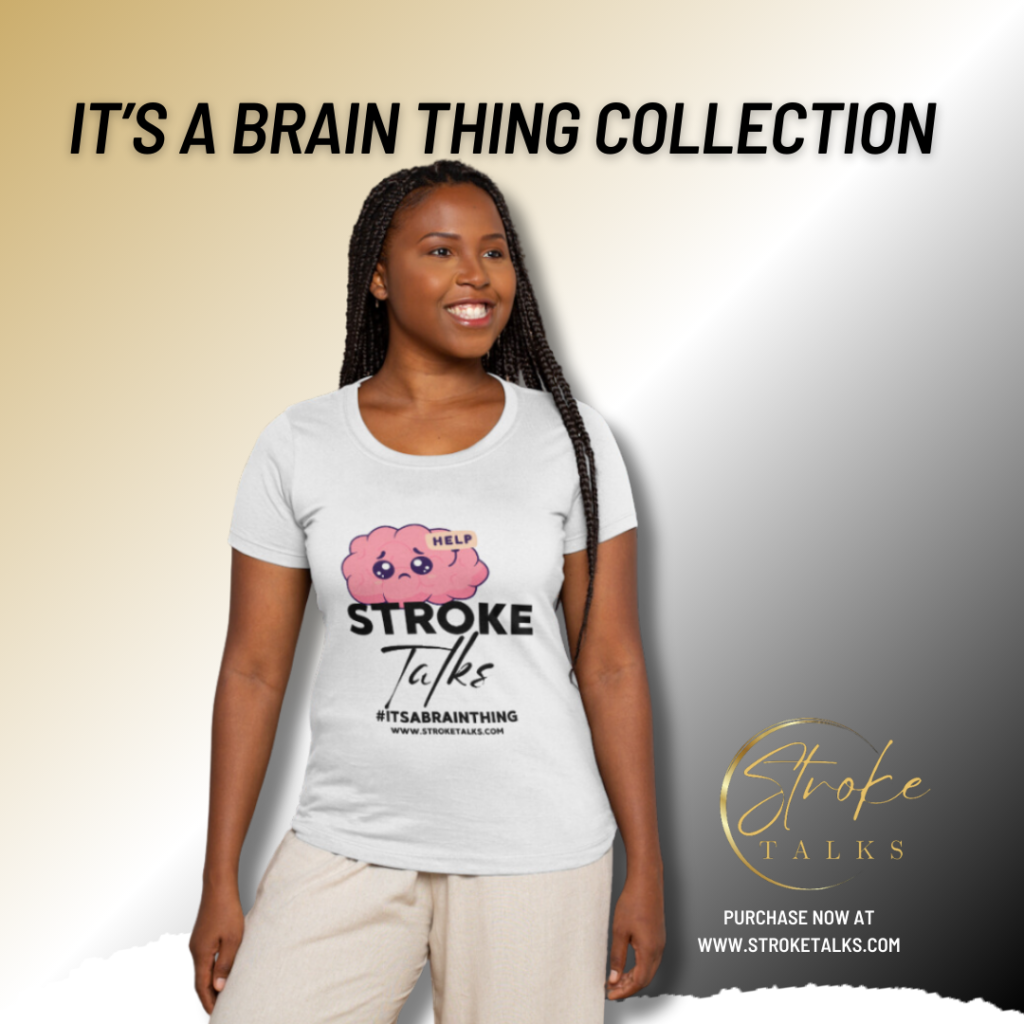
Understanding Carotid Webbing
Carotid webbing is a rare vascular condition that occurs when a thin and web-like membrane grows inside the carotid artery. This membrane can restrict blood flow to the brain, leading to a stroke or transient ischemic attack (TIA).
Causes and Symptoms of Carotid Webbing
The exact cause of carotid webbing is not known, but it is thought to be the result of a developmental abnormality known as fibromuscular dysplasia (FMD).
Symptoms of carotid webbing may include
- headaches
- dizziness
- blurred vision
- weakness or numbness in the face or limbs
- A pulsing feeling or ringing sound in your ears
- neck pain
However, many people with carotid webbing do not experience any symptoms. I had NONE of these symptoms leading up to my stroke.
Diagnosis and Treatment of Carotid Webbing
Diagnosis of carotid webbing typically involves imaging tests such as ultrasound, magnetic resonance angiography (MRA), or computed tomography (CT) angiography. Treatment options may include:
- medication to manage symptoms
- surgical removal of the membrane
- or placement of a stent to hold the artery open
If you experience any symptoms of carotid webbing or have concerns about your risk for carotid artery disease, it is important to consult with your healthcare provider. Depending on the severity of your condition, treatment options may include medication, surgical removal of the membrane, or placement of a stent to hold the artery open. In my case, a stent was placed in my neck as a treatment for carotid webbing. I call it my snazzy neck jewelry.
Remember, early diagnosis and treatment of carotid webbing can greatly reduce the risk of stroke or TIA, so don’t hesitate to speak with your healthcare provider if you have any concerns.
I leave you with this song this week. Enjoy and know that better days are coming.
Support Stroke Talks – Support from you helps me create FREE content and resources to bring Stroke Awareness and provide a place for Stroke warriors and caregivers to connect. Thank you for the support! ❣️

